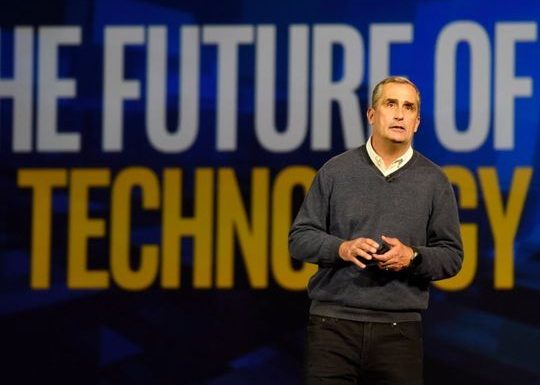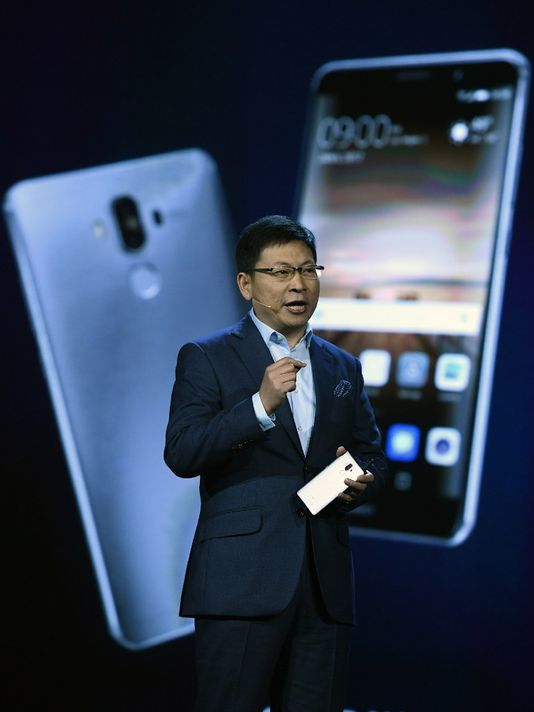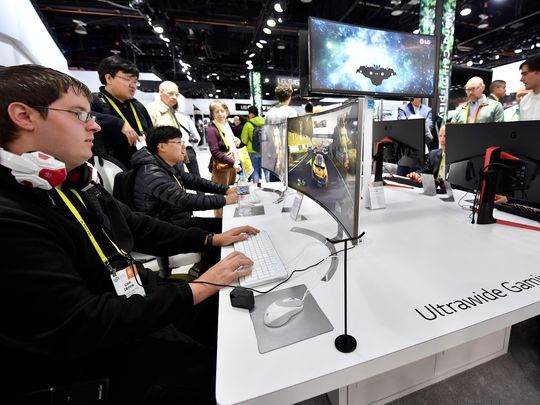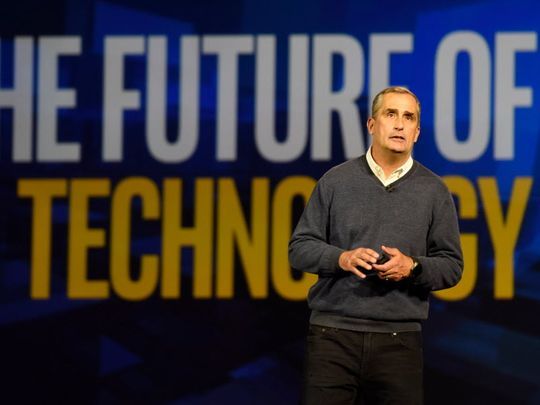

SAN FRANCISCO — Next week more than 180,000 people will cram Las Vegas convention halls for technology’s biggest show, a flashy annual preview of new gadgets and trends.
But this year many of them will be paying less attention to what’s on display and more to what’s not.
Not a single woman landed one of the keynote addresses that headline the show, the second straight year these top spots were claimed by men.
An online backlash has erupted, generating a hashtag (#CESSoMale) and a torrent of social media posts. Kristin Lemkau, chief marketing officer of JPMorgan Chase, who has spoken at CES herself, drew up her own list of 21 women headliners “in less time than it took to drink coffee.” HP’s global chief marketing officer, Antonio J. Lucio, tweeted: “All men should boycott @CES if women are not invited to speak! Insulting in this day and age.”
One activist plans to storm the conference to turn the national spotlight on just how parched this trade show conference in the Nevada desert is for women in key roles
Gender Avenger co-founder Gina Glantz says she’ll pass out stickers — “women’s voices count” — and she’ll encourage CES attendees to use the Gender Avenger app that creates a gender diversity pie chart for conference sessions — bright future (40% or more women), cloudy with a chance of patriarchy (30% to 39%) and thunderstorm of inequality (below 30%) — so they can be posted to social media.
“The goal is to keep this at the forefront of the conversation as people go from session to session,” says Glantz, who started Gender Avenger three years ago to hound and shame the $30 billion dollar conference industry into putting more women in keynotes and on panels.
The trade group that organizes CES and handpicks the speakers is the Consumer Technology Association. Its senior vice president of corporate business strategy, Karen Chupka, points to participation elsewhere at CES, with a quarter of speaking slots this year going to 242 women. The focus on the big-name keynote addresses overlooks the presence of women on the keynote stage on panels and in keynote presentations elsewhere at the show, CES says.
“We’re proud of our record in welcoming a diversity of speakers to the CES keynote stage,” Chupka, senior vice president of CES, said in a statement. “In the last seven years, we’ve had 15 keynote spots held by women.”
Those keynote spots are not just keynote addresses but other appearances CES includes as keynotes, including panel discussions. A review by USA TODAY found only three women in the past seven years have been tapped to deliver the much hyped keynote addresses: former Yahoo CEO Marissa Mayer, General Motors CEO Mary Barra and IBM CEO Ginni Rometty. Other prominent business leaders such as former Xerox CEO Ursula Burns and former GE vice chair Beth Comstock participated in what CTA calls keynote panels.
“I was stung by the online backlash expressing outrage that no women were among the CES keynote speakers,” Gary Shapiro, CEO of the CTA, wrote in a Medium post last month. “The exclusive focus on keynotes in my view insults the hundreds of women who are speakers at CES in January.”
Women headliners largely missing from CES main events has only recently begun to receive attention outside the tech world. Last year Gender Avenger protests were met with mostly crickets, not clicks. But the consciousness raised by the women’s march a year ago and more recently with the #MeToo movement has more people talking about the silencing of women’s voices in corporate America, Glantz says.
In December, her action alert, “The Keynote Speakers At CES 2018 Are All Men,” was called out by former PepsiCo executive Brad Jakeman. Soon Sonos’ Joy Howard and Twitter’s Leslie Berland joined the conversation on social media, and both organized female panels at CES. CES scrambled to add women to its keynote roster, but didn’t add to its top slots.
“Over time we had lost interest in the show. When we saw the keynote line-up, it really woke us up to why. It’s the lack of diversity,” said Howard who is putting on four all-female panels during CES. “This was a clear opportunity for us to take action and to give voice to women in technology who we don’t feel like we hear from enough.”
COURTESY= usatoday.com

